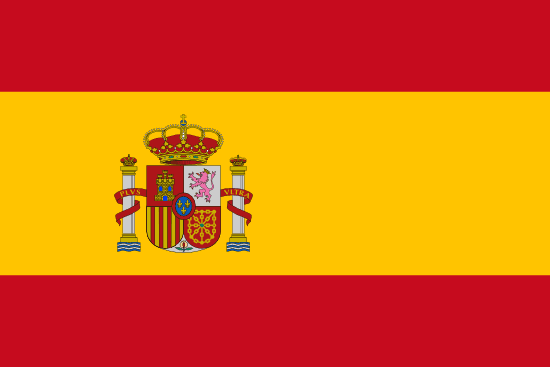"No8do | It is left to me"
About:
Seville, Spain, was founded by the Romans in the 2nd century BC as Hispalis. It flourished under Muslim rule (8th-13th centuries) and became a major cultural and economic hub. After the Reconquista in 1248, it grew prosperous from New World trade. The 17th century saw a decline due to plague and economic issues. Seville revived in the 19th century with industrialization. Today, it's a vibrant city known for its rich history, architecture, and annual Feria de Abril festival.
When to visit:
Seville, a vibrant city in southern Spain, is best visited during the spring or fall months. The weather during these seasons is mild and pleasant, making it ideal for exploring the city's numerous attractions on foot. Spring, particularly in April, is a popular time to visit due to the famous Feria de Abril festival. Fall, on the other hand, offers fewer crowds and lower prices, allowing visitors to enjoy a more relaxed experience.
When to avoid:
Seville, Spain experiences extremely hot summers, with temperatures often exceeding 100°F (38°C) in July and August. Therefore, these months are considered the worst time to travel to Seville, especially if you are not accustomed to such high temperatures. Additionally, many locals take their holidays during this time, leading to crowded tourist attractions and higher prices. It is advisable to avoid visiting Seville during the peak summer months if you prefer milder weather and a more relaxed travel experience.
"Winter Season (Dec-Feb)"
In Seville, the wettest part of the year occurs between November and January. Average temperatures range from 50°F to 60°F. Rainfall is highest in December, averaging around 95mm. Despite the rain, Seville still enjoys about 5-6 hours of sunlight per day. Cloud cover is substantial, often obscuring the sun. An average day for a visitor might involve a light drizzle, overcast skies, and a chill in the air. However, the city's indoor attractions like the Alcazar or Seville Cathedral offer respite from the damp weather.
"Seville Summer (June-August)"
In Seville, the warmest part of the year is typically from June to August, with July being the hottest month. The average high temperature during this period ranges from 33°C to 36°C (91°F to 97°F), with lows around 20°C (68°F).
Rainfall is very minimal in these summer months, often less than 10mm per month, making it a dry season. This is due to the dominance of the subtropical Mediterranean climate which results in hot, dry summers.
Sunlight is abundant, with an average of 11 to 12 hours of daylight per day. The skies are often clear or partly cloudy, as cloudiness is generally low during this season.
Humidity levels can vary, but they generally range from 40% to 60%, which can make the heat feel more intense. It's not uncommon for the "feels like" temperature to reach into the low 40s Celsius (around 104°F).
For a visitor, a typical day in Seville during the warmest part of the year is hot and sunny. The heat is often dry rather than humid, which can make it more bearable. However, the midday and early afternoon sun can be intense, so it's advisable to seek shade during these hours. The evenings are warm and pleasant, perfect for enjoying outdoor dining or a leisurely stroll. Despite the heat, it's a great time to explore the city's historic sites, as long as you stay hydrated and protected from the sun.
Language:
In Seville, the most commonly spoken language is Spanish, as it is the official language of Spain. However, due to tourism and international business, English is also widely understood. Other languages such as French and German can be heard due to the city's popularity among tourists.




